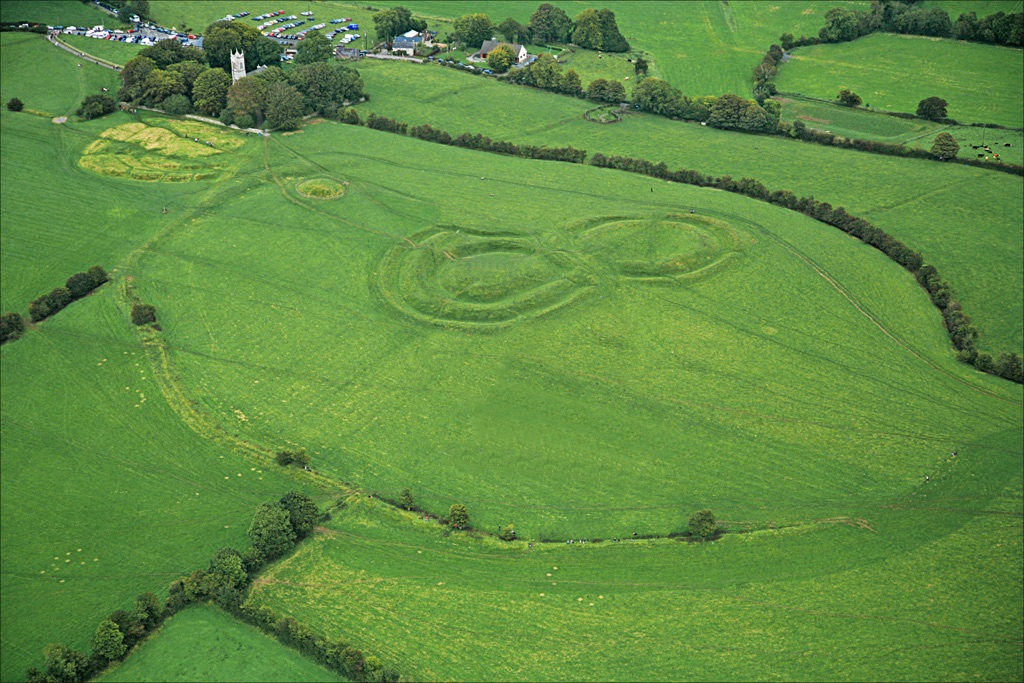Summary
Historical Significance
The Hill of Tara in Ireland stands as a testament to ancient history and cultural importance. It once served as the seat of the High Kings of Ireland, making it a place of monumental events and governance. The site embodies a collection of archeological treasures that span several millennia, reflecting a mix of pagan and Christian heritage. Its myths and legends are woven into the fabric of Irish history, making it a captivating destination for anyone interested in the roots of Irish culture.
Get your dose of History via Email
Archeological Wonders
Visitors to the Hill of Tara are greeted with an array of remarkable monuments, from the Iron Age Royal Enclosure to the iconic Stone of Destiny—the Lia Fáil. This standing stone is reputed to roar when touched by the rightful king of Ireland. Excavations have further uncovered passages and burial sites, shining a light on the ceremonial significance of Tara. The preservation of such structures offers an unparalleled glimpse into the rituals and rulership of ancient Ireland.
Modern Significance
Today, the Hill of Tara is not only an archeological site but also a symbol of Irish sovereignty and spirit. It draws visitors from across the globe, offering panoramic views of the surrounding landscape. As a place of peace and power, it hosts gatherings, celebrations, and even protests that aim to preserve the sanctity of the land. The Hill of Tara remains a living monument, continuing to inspire and educate as a keystone of Irish heritage.
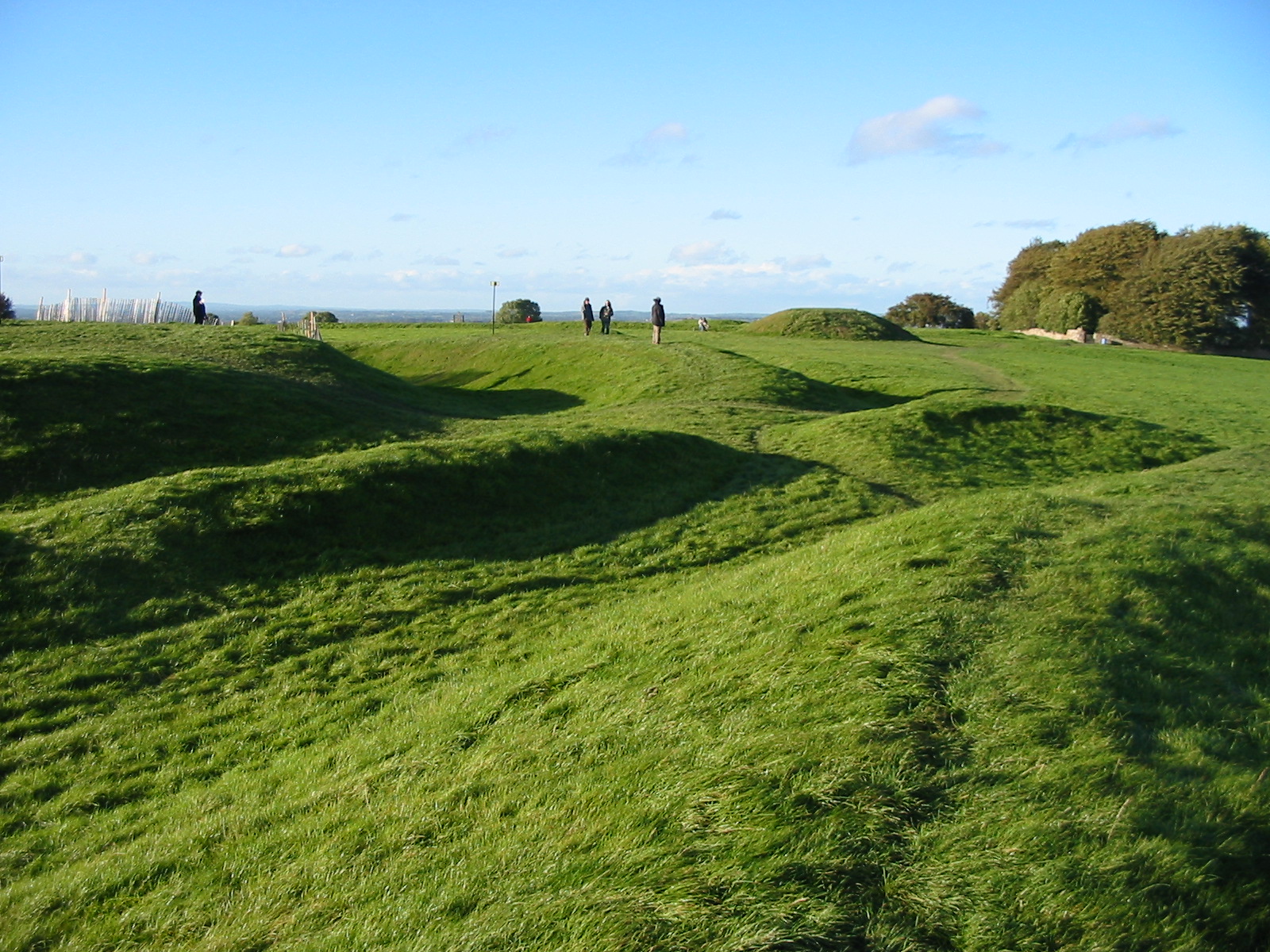
Historical Background of The Hill of Tara
Stone Age Beginnings
The story of the Hill of Tara begins far back in history. Artifacts found on this verdant hill indicate that people settled here during the Stone Age. Over time, the site evolved into a place of political and spiritual significance. These early settlers left behind enchanting relics and structures that continue to mesmerize historians and visitors alike.
Seat of the High Kings
In the Iron Age, Tara became the esteemed seat of the High Kings of Ireland. It was here they held their inaugurals and governed the land. The Hill of Tara’s high status is marked by several ancient earthworks, including the Royal Enclosure. This impressive fortification signals the power held by the leaders who once ruled from this vantage point.
Sacred Ceremonial Site
Apart from its royal connections, the Hill of Tara was a place of religion and ceremony. Druids once performed sacred rituals here, under the open sky and amongst the standing stones. As Christianity spread, Tara naturally wove these traditions into its fabric, creating a unique tapestry of cultural and religious history.
Despite invasions and battles, the Hill of Tara managed to retain its significance. The site mirrors the resilience of the Irish spirit and its unyielding connection to cultural roots. Throughout the centuries, Tara has witnessed eras come and go, serving as a stone-bound chronicler of Ireland’s evolving history.
Today, Tara’s robust story attracts scholars and travelers who seek to experience its rich history firsthand. As a public historical site, it offers a journey through Ireland’s past, allowing one to walk the same paths as ancient kings and mystics. The Hill of Tara stands not just as a collection of monuments, but as the eternal heart of Ireland’s storied past.
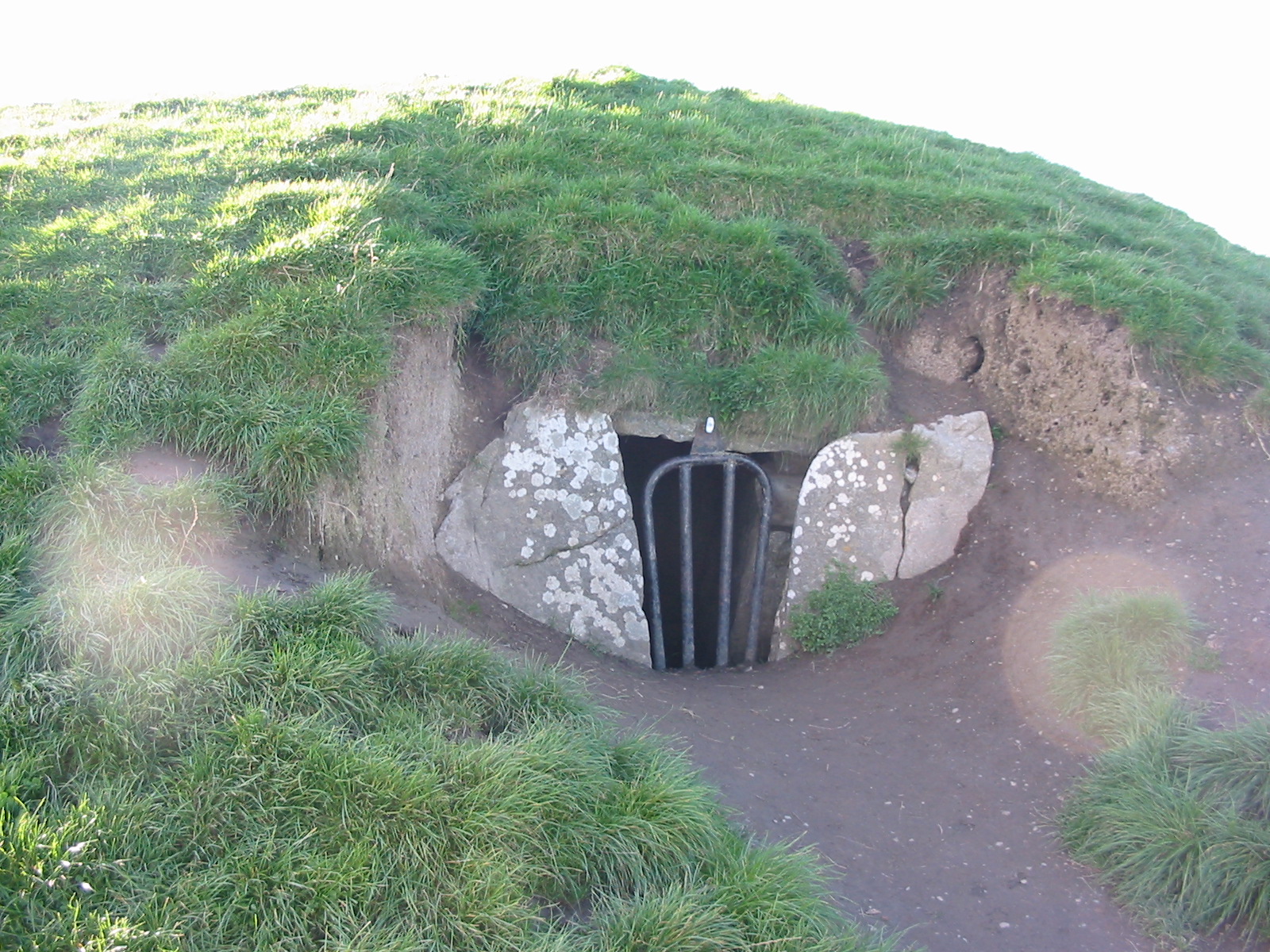
The Discovery of The Hill of Tara
Initial Observations
It’s hard to pinpoint the exact moment the Hill of Tara was ‘discovered’ in a modern sense, mainly because it has been an ever-present part of the Irish landscape. However, its significance began to be recognized widely during the 19th century. Archeologists and historians started to appreciate the rich tapestry of history entwined with the rolling hill.
Groundbreaking Excavations
The late 1800s marked a turning point when thorough scientific investigations took hold. A team led by the notable antiquary R.A.S. Macalister undertook some of the earliest formal excavations between 1939 and 1959. His work brought to light many of Tara’s hidden structures, rewriting chapters of Irish history.
Finding the Lia Fáil
One of the most pivotal discoveries was the unearthing of the Lia Fáil, or Stone of Destiny, in the early 20th century. This legendary artifact was said to roar when the true High King of Ireland touched it. Found standing tall on the hill, it attracted great attention and added a layer of myth to Tara’s existing historical cache.
Later on, advancements in technology like aerial photography and geophysical surveys revealed more about Tara’s layout. This was not just one hill but part of a larger ceremonial landscape. The discovery of other nearby sites showed an intricate connection between Tara and a network of ancient Irish sites.
Today, ongoing research and excavations continue to unveil new aspects of Tara, keeping its discovery an ever-evolving story. With each dig and survey, pieces of Ireland’s ancient history emerge, casting new light on the country’s celebrated past. The Hill of Tara stands as a symbol of discovery, not just for the past, but for future explorations as well.
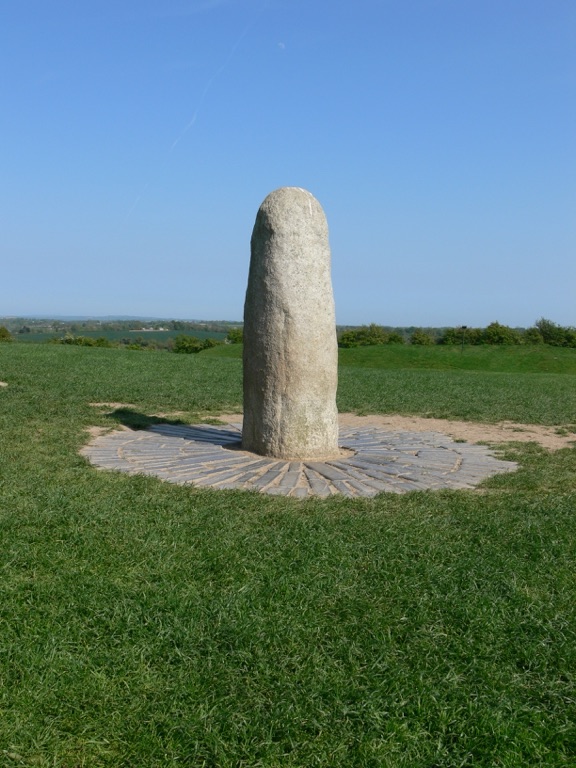
Cultural Significance, Dating methods, Theories and Interpretations
The Cultural Heart of Ireland
The Hill of Tara is not just a historical site; it is a symbol of national identity. It’s where St. Patrick is said to have introduced Christianity, meshing old beliefs with new. For centuries, it was the coronation place of the High Kings, a sacred space where political and spiritual lives intersected. Even today, it holds a special place in the public consciousness and plays a role in modern cultural practices and gatherings.
Unveiling the Past: Radiocarbon Dating and Beyond
Radiocarbon dating has been key in understanding the Hill of Tara’s timeline. This technique measures the decay of carbon-14, helping to estimate the age of organic materials found. Other cutting-edge methods, like dendrochronology, are used to date wooden artifacts. These scientific tools have painted a more accurate picture of when key events at Tara took place.
Layers of Legend: Sorting Fact from Myth
Interpreting Tara’s past is as much about sifting through legend as it is about examining artifacts. For example, the Stone of Destiny is shrouded in myth, said to scream when the true king touched it. While no scientific method can prove such tales, they are critical pieces of Tara’s identity. Theories about the site’s use range from an astronomical observatory to a druidic temple, each adding to its mystique.
Archaeological puzzles still abound at the Hill of Tara. One such mystery is the precise function of the Mound of the Hostages, a Neolithic passage tomb on the site. Researchers continue to debate whether its alignment with the sun was intentional or coincidental, making every discovery there a topic of scholarly discussion.
Whether considering the physical remains or the whispers of folklore, the Hill of Tara stands as a layered narrative. Each interpretation weaves into the next, creating a rich, complex history that speaks to both the hearts and minds of those who delve into its past. As explorations continue, the Hill of Tara is certain to yield more insights, keeping its story alive and evolving.
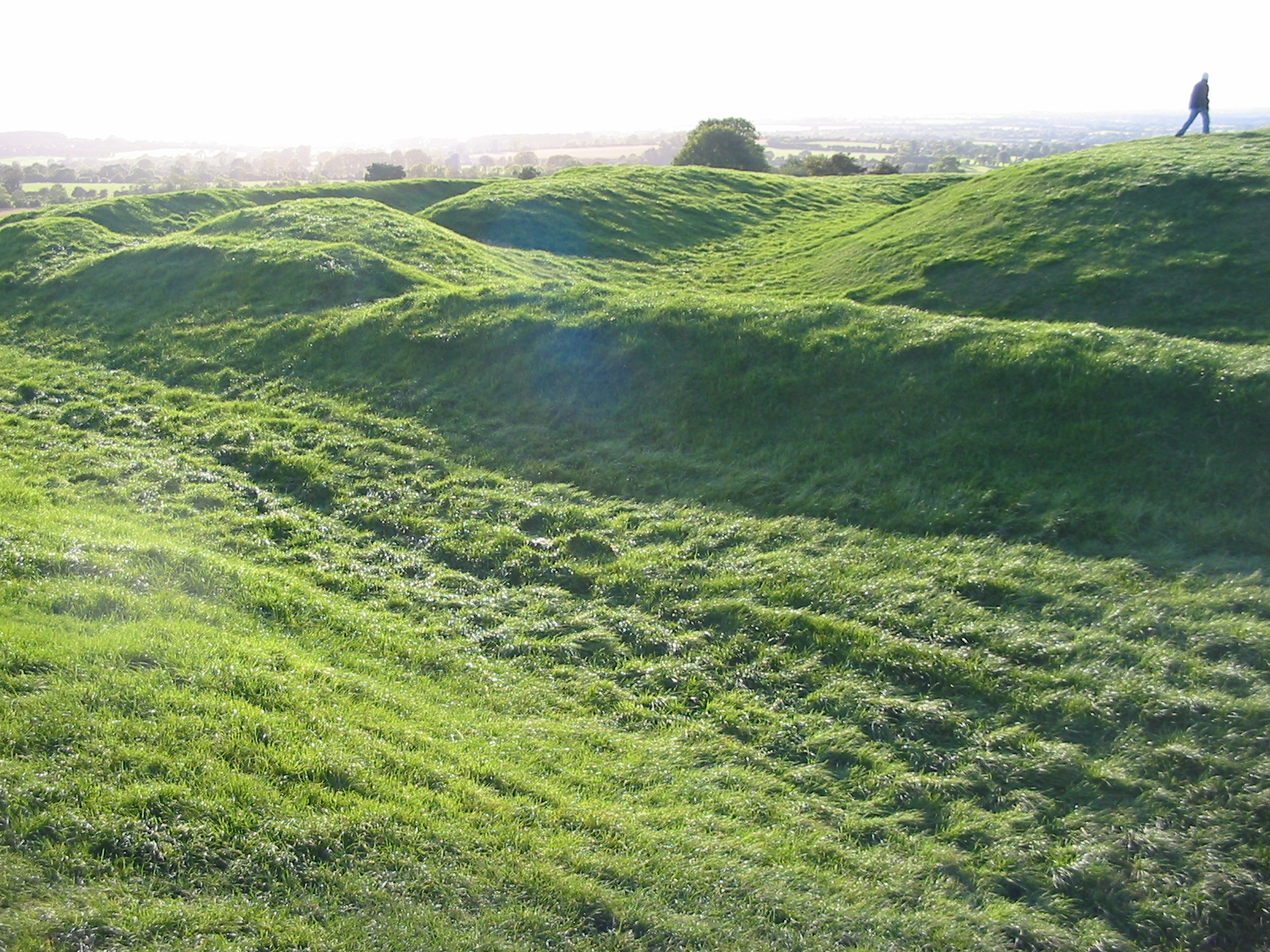
Conclusion and Sources
In conclusion, the Hill of Tara stands as an iconic symbol of Ireland’s ancient past, interlacing myths, legends, and the dawn of Christianity with its existence. Through modern archaeological methods and historical research, we continue to unearth its many layers, each finding contributing to our understanding of this significant site. Its narrative, rich with cultural, political, and religious significance, remains a testament to the vibrancy of Irish history and its enduring legacy.
Department of the Environment, Heritage and Local Government. 2005. Archaeological Excavations at Tara: The Mound of the Hostages. Dublin: Stationery Office.
Eogan, G., 1986. Knowth and the Passage-tombs of Ireland. London: Thames & Hudson.
Waddell, J., Fenning, C., & Newman, C., 2009. A Bronze Age Landscape in the Meath Uplands: Archaeological Excavations on the M3 in County Meath, Ireland. Dublin: Wordwell Books.
Newman, C., 2011. Tara: An Archaeological Survey. Dublin: Discovery Programme.
Raftery, B., 1994. Pagan Celtic Ireland: The Archaeology of the Irish Iron Age. London: Thames & Hudson.

